
Interesting Patents | Thursday, March 30, 2023
The United States Patent and Trademark Office (USPTO) grants hundreds of new patents every week, showcasing developments in technology and innovation. In our Interesting Patents series, we highlight exciting US patent applications and patents recently issued by the USPTO. The patent system enables the protection of innovative ideas, and newly published patent applications provide a glimpse into the future of technology and innovation.
In this edition of #InterestingPatents, we examine two patent applications from Coca-Cola and Microsoft
A recent patent application from Coca-Cola presents an innovative solution for food and beverage dispenser management, featuring a proactive notification system that tracks ingredient levels and sends custom alerts to operators. This forward-thinking approach enhances customer satisfaction and enables more efficient management of dispenser-related issues.
Microsoft’s recent patent application unveils a wireless earbud with unique, tailored beamforming capabilities that adjust according to the earbud’s orientation in the user’s ear. The design includes multiple microphones for sound triangulation, offering enhanced audio quality and background noise suppression.
Looking for more information on patents? Want to run a free AI-Powered Prior Art Patent Search? We also offer useful Intellectual Property News & Resources with guides, videos, and insight on patents and inventorship. Think you might need a legal professional? Check out our Tips on Choosing a Patent Lawyer and contact us if you’d like a free consultation.
Revolutionizing Beverage Dispensers: A Proactive Notification System for Ingredient Management
APPLICANT: THE COCA-COLA COMPANY
US PAT. APPL. NO. 17/404,922
INVENTION OVERVIEW:
Have you ever been to a busy restaurant, retail store, or other location and faced the disappointment of finding out that your favorite beverage or snack is sold out? Customers and the staff feel frustrated and need to respond quickly. In a fast-paced environment, it’s not uncommon for beverage dispensers to run out of ingredients, such as syrup or carbonated water. Customers can quickly become dissatisfied and complain to the staff when this happens. The staff then has to scramble to replace the empty container(s), often during a busy period, which leaves nobody happy. Today, we will discuss a patent issued to Coca-cola to solve this problem by introducing a proactive notification system for beverage and snack dispensers.
Current dispensers provide notifications of empty cartridges and ingredients through a visual display, either with a light or a message. However, these notifications are not helpful, as they trigger after the dispenser is empty. In many cases, customers are the first to discover the sold-out status. Furthermore, notifications such as “out-of-order” indicating a problem with the dispenser are also problematic, as they appear only when an issue occurs. These notifications are typically brought to an employee’s attention by a customer rather than being proactively addressed by the dispenser system itself. Coca-Cola is tackling these challenges with a new patent that introduces a proactive notification system that can be integrated into a dispenser. The patent describes a sensing system with sensors designed to monitor the levels of ingredients within cartridges or other containers. The sensors can count the number of units dispensed, providing a more accurate and timely indication of ingredient levels.
The notification system allows operators, such as managers or employees, to set up alert types for various scenarios. For instance, they can receive alerts for sold-out status, water issues, and machine malfunctions. The system can also distribute notifications directly to an operators’ smartphone via a communications network, like Wi-Fi or the Internet. For example, an operator can define parameters for distributing the notifications to different personnel. This could include specific messages for certain levels of employees, notifications sent only to employees at a particular location, and so on. The operator can also set up phone numbers or other network addresses for employees to receive notifications from the dispenser.
The uniqueness of this patent lies in its proactive approach to addressing the problem of sold-out or low ingredient levels in food and beverage dispensers. By monitoring ingredient levels in real-time and sending notifications to operators before the ingredients run out, the system helps prevent customer dissatisfaction. It reduces the burden on staff during busy periods. Furthermore, the customizable notification system described in this patent application allows operators to set up alerts for various situations, such as sold-out status, water problems, machine malfunctions, and even holiday notices. This level of customization enables businesses to tailor the system to their specific needs, ensuring that the right personnel are informed of relevant issues.
Another unique aspect of this patent is its ability to communicate notifications through various means, such as Wi-Fi, the Internet, or directly to mobile devices like smartphones. This flexibility ensures that operators can receive notifications wherever they are, allowing them to respond to issues promptly and effectively.
Ultimately, this patent addresses a common problem many businesses face that uses dispensers to serve food and beverages. Often, these dispensers run out of ingredients, leaving customers unhappy. Taking a proactive approach helps businesses maintain high customer satisfaction and operate more efficiently, especially during busy times when staff members are already stretched thin.
Creating a highly customizable system allows businesses to set up different alerts for various situations. For example, a restaurant may choose to receive notifications when a popular soft drink is running low. At the same time, a coffee shop may prioritize alerts for low coffee bean levels or machine malfunctions. This increased connectivity allows quicker response times and better management of dispenser-related issues. This customization ensures businesses can focus on the issues most relevant to their needs.
In summary, the patent discussed in this article presents an innovative solution to a common problem faced by businesses that use food and beverage dispensers. By proactively monitoring ingredient levels and sending notifications before ingredients run out, the system improves customer satisfaction, increases operational efficiency, and reduces the burden on staff. The customizable nature of the system and its ability to communicate through various channels make it a versatile and valuable tool for businesses in the food service industry.
As technology advances and becomes more integrated into everyday life, it’s exciting to see innovative solutions like this one being developed to tackle everyday problems. By embracing these new advancements, businesses can streamline their operations, improve the customer experience, and ultimately thrive in an increasingly competitive market.
Patent Abstract:
A consumable item dispenser and method may include an ingredient storage unit configured to store a consumable ingredient used to produce consumable items by the dispenser. A sensor may be configured to sense an amount of consumable ingredient remaining to be dispensed. An input/output unit may be configured to communicate data over a communications network. A processing unit may be in communication with the sensor, and be configured to authenticate an electronic device associated with an operator and register the electronic device associated with the operator. A determination as to whether an amount of the ingredient in the ingredient storage unit is at or below a threshold level. The processing unit may generate a notification indicative that the ingredient is at or below a threshold level, and communicate the notification to the operator in response to being generated.
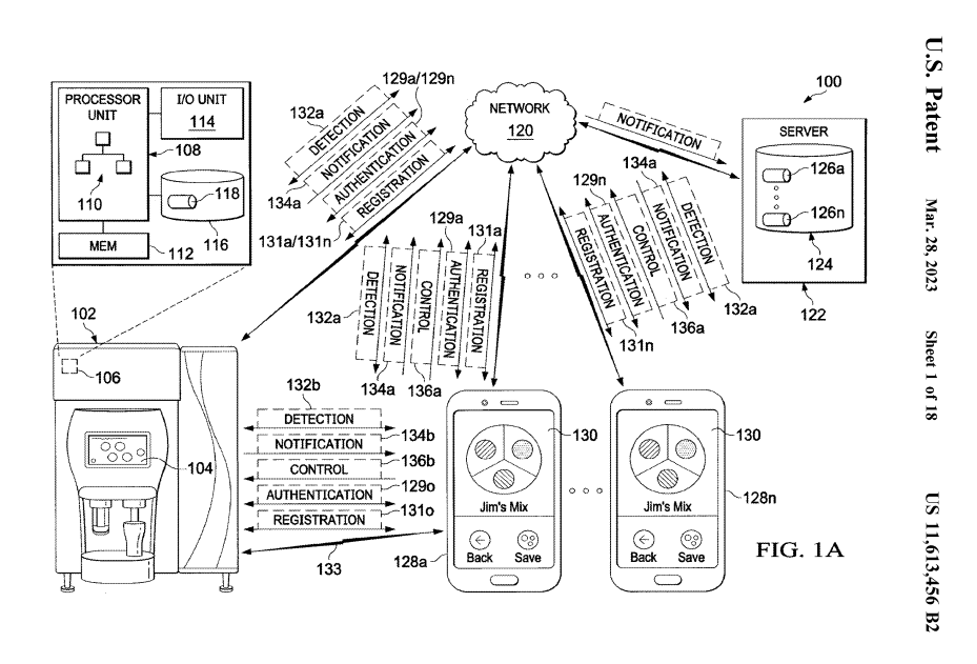
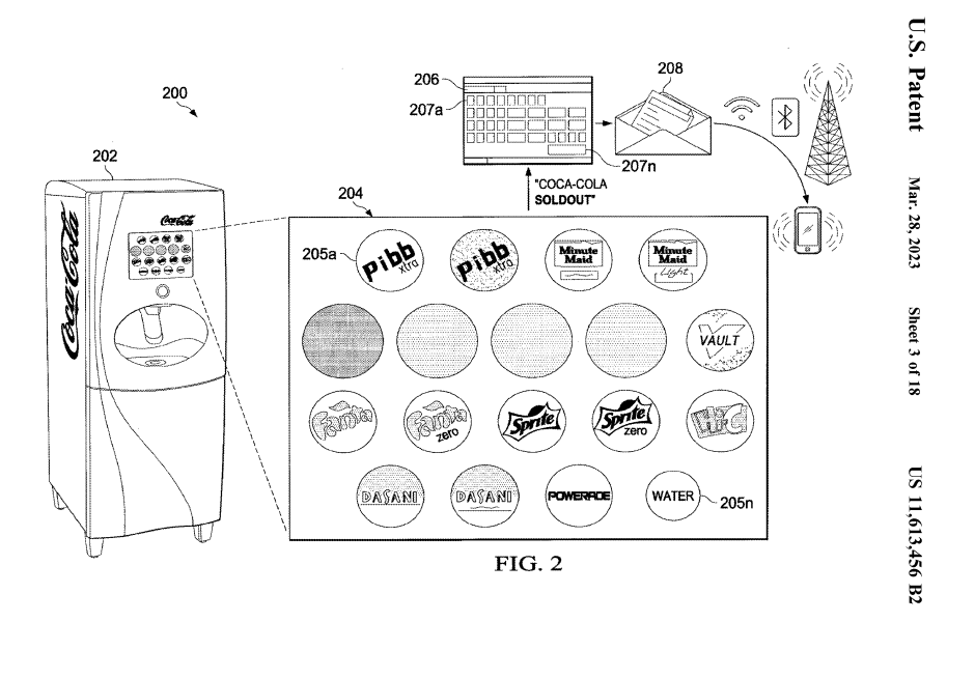
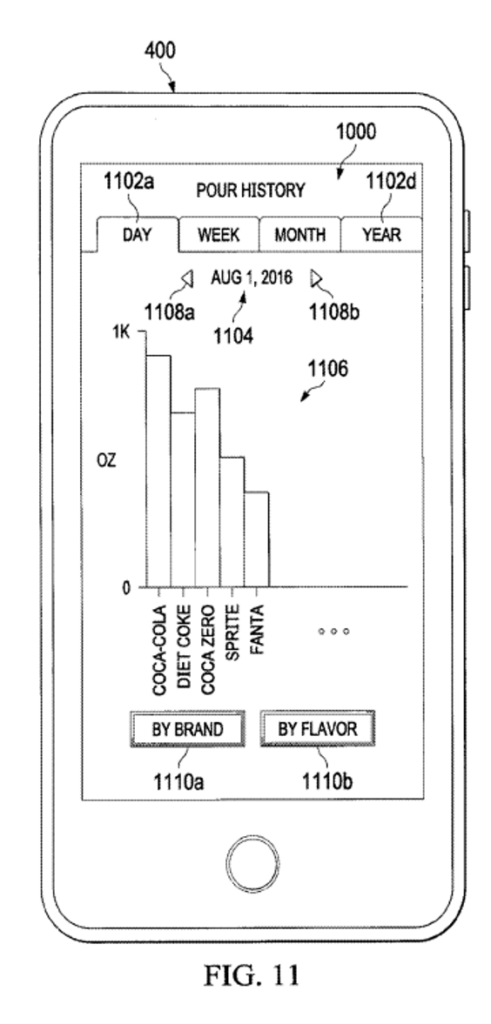
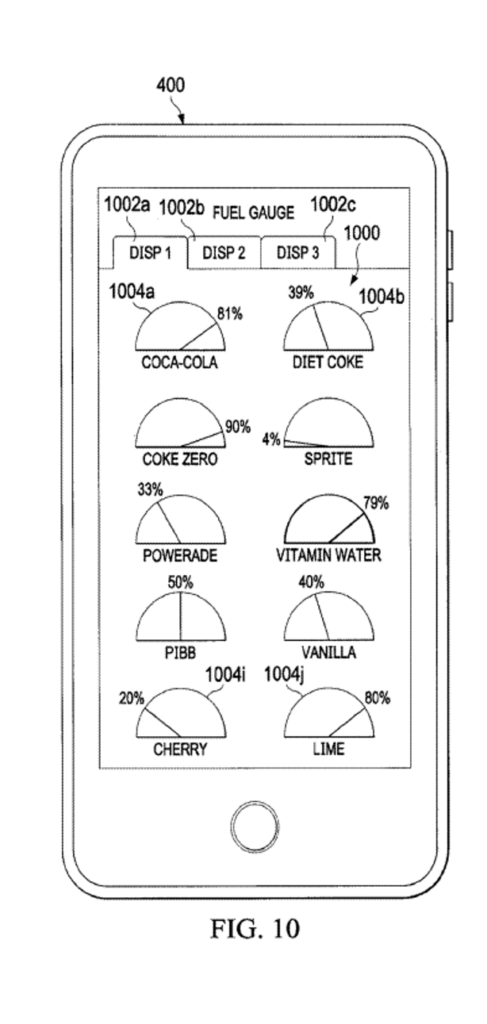
Earbud Orientation-Based Beamforming
APPLICANT: MICROSOFT TECHNOLOGY LICENSING
US PAT. APPL NO: 17/449,418
INVENTION OVERVIEW:
In wireless earbuds, many features are becoming increasingly common, such as noise cancellation and touch controls. However, one feature that is still relatively new and exciting is beamforming. This technology is used to enhance the quality of sound captured by the earbud’s microphone, and it is being implemented in new and unique ways.
Recently, Microsoft filed a new patent application for an earbud that utilizes beamforming in a dynamic and tailored way. This means that the earbud can adjust its beamforming capabilities based on the orientation of the earbud within the user’s ear. This is a significant development because it means that the earbud can provide better sound quality even when the user is moving their head or adjusting the position of the earbud.
The earbud is designed to be worn in either ear and includes a speaker and microphone array. The microphone array comprises three microphones, including an in-ear microphone and two voice microphones positioned at the base of the earbud’s neck. The in-ear microphone is designed to capture sound that is inside the ear. In contrast, the voice microphones are designed to capture the sound that is emitted from the user’s mouth and the surrounding environment. Using two external microphones allows for the triangulation of sound in the external environment that can then be replicated within the user’s ear through the beamforming technology.
The earbud is also equipped with a touch sensor that is used for playback control and other functions, as well as an orientation sensing subsystem that can detect the earbud’s orientation within the user’s ear. This information is then used by the beamforming subsystem to dynamically adjust the direction of the beamformed signal, enhancing the quality of the sound captured by the microphone array.
What makes this earbud unique is the dynamic and tailored nature of its beamforming capabilities. Unlike other earbuds that may have a fixed direction for their beamforming signal, this earbud can adjust its signal based on the orientation of the earbud within the user’s ear. This means that the earbud can provide better sound quality even when the user is moving their head or adjusting the position of the earbud.
In addition, the use of multiple microphones in the microphone array allows for greater flexibility in the beamforming process. By selectively filtering the signals from the microphones, the earbud can isolate and enhance the sound emitted from the user’s mouth while simultaneously suppressing background noise.
Overall, this patent represents an exciting new development in wireless earbuds. The ability to dynamically adjust the beamforming signal based on the orientation of the earbud within the user’s ear is a significant improvement over existing technology, and it has the potential to significantly enhance the user’s listening experience. With continued advancements in this area, we can expect to see even more exciting developments in the future of wireless earbuds.
PATENT ABSTRACT:
An earbud includes an earbud speaker, a microphone array including a plurality of microphones, an orientation sensing subsystem, and a beamforming subsystem. The orientation sensing subsystem is configured to output an orientation signal indicating an orientation of the earbud. The beamforming subsystem is configured to output a beamformed signal. The beamformed signal is based at least on the orientation signal and a plurality of microphone signals from the plurality of microphones in the microphone array. The beamformed signal spatially selectively filters the plurality of microphone signals.
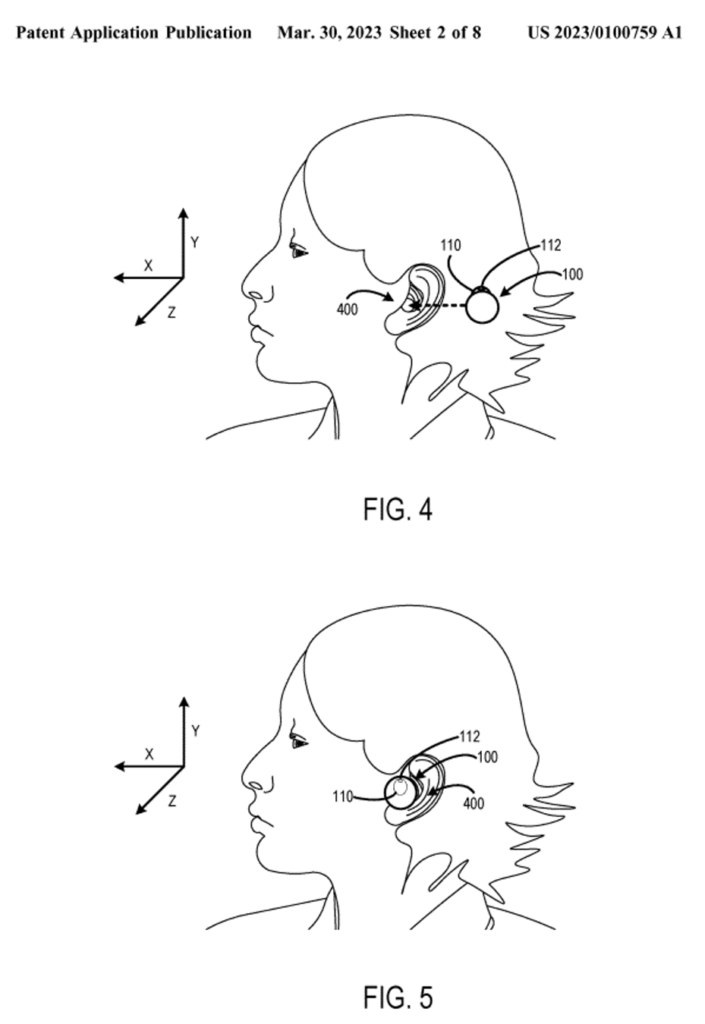
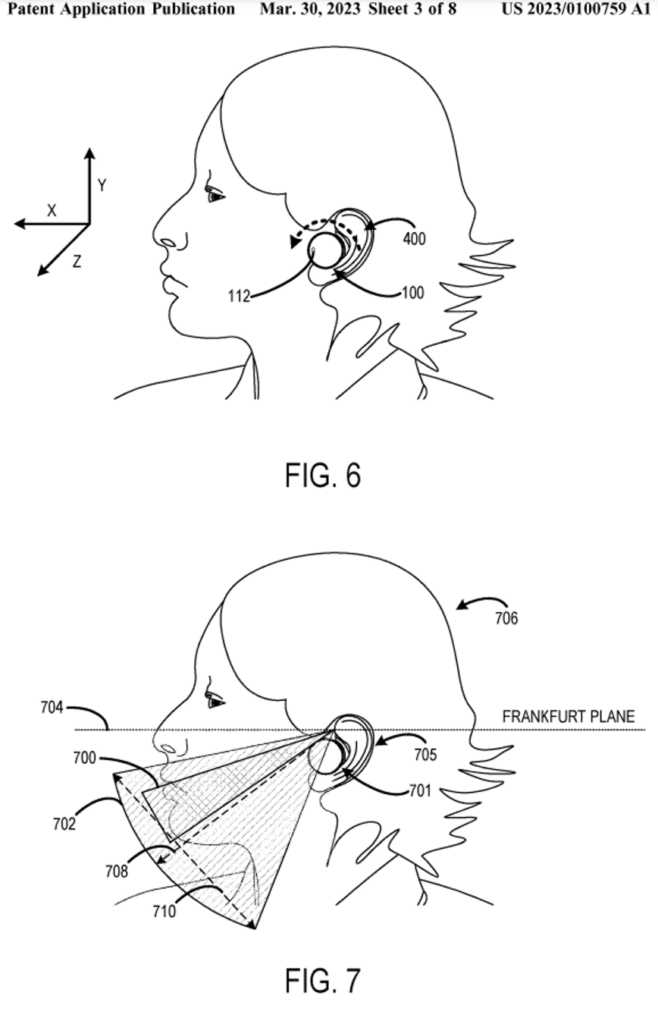
INTERESTING PATENTS BY FOUNDERS LEGAL
Founders Legal® (Bekiares Eliezer LLP) is a boutique law firm headquartered in Atlanta, GA, USA, that focuses exclusively on complex matters in the areas of Patents and Intellectual Property, Corporate, Transactional, Securities and Data Privacy Law. Founders Legal is composed of highly skilled and experienced attorneys who are diverse in disciplines and specialized in their unique areas of practice. Founders Legal is dedicated to creating, utilizing, and continually iterating upon the latest software, technology, and processes to maximize efficiency and provide uncompromising value to its clients.
For more information, please contact Founders Legal or schedule a free consultation with one of our attorneys.
